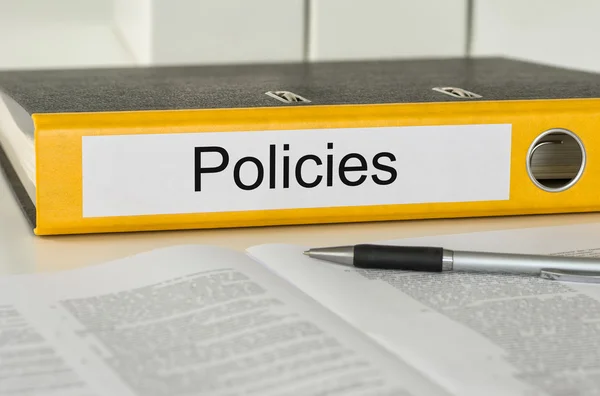Exploring the Basics of Forex Demo Accounts

Forex demo accounts serve as an invaluable tool for both novice and experienced traders in the currency market. These accounts provide a simulated trading environment where individuals can practice trading without risking real money. Funded with virtual currency, demo accounts replicate live market conditions, offering a realistic trading experience. They are provided by most forex brokers as a way to introduce traders to their platforms and services. This hands-on approach allows traders to familiarize themselves with the mechanics of forex trading, including how to execute trades, analyze currency pairs, and use technical and fundamental analysis tools. Essentially, a forex demo account is the first step in a trader’s education, ensuring they are better prepared to navigate the complexities of the forex market.
The Benefits of Practicing with Demo Accounts

Practicing with demo accounts offers a plethora of benefits. Firstly, it allows traders to build their trading skills and strategies without financial risk. This risk-free environment is crucial for beginners to understand market dynamics. Secondly, demo accounts enable traders to test the efficiency and user-friendliness of a broker’s trading platform, ensuring it meets their trading needs and preferences. Additionally, they offer the opportunity to experiment with different trading strategies, from scalping to swing trading, to identify what works best. Most importantly, demo trading helps in developing psychological resilience by exposing traders to the emotional aspects of trading without actual loss, preparing them for the emotional rollercoaster of real trading. Furthermore, it aids in understanding leverage and how it can amplify both gains and losses.
Step-by-Step Guide to Setting Up a Forex Demo

Setting up a forex demo account is generally a straightforward process. Firstly, choose a reputable forex broker with positive reviews and comprehensive educational resources. Secondly, visit the broker’s website and look for a “demo account” or “practice account” option, which is usually prominently displayed. Thirdly, fill out the registration form with your details, including name, email, and sometimes phone number; note that some brokers might require additional information. Fourthly, upon submission, you will receive login credentials either directly on the website or via email. Fifthly, download and install the trading platform if necessary, though some brokers offer web-based platforms that don’t require downloads. Finally, log in with your credentials, and start trading with your virtual funds to practice and hone your trading skills.
Real vs. Demo: Understanding the Differences
While demo trading mirrors the real forex market closely, there are notable differences traders must be aware of.
Comparison Table: Real vs. Demo Trading
| Feature | Demo Trading | Real Trading |
|---|---|---|
| Capital Risk | None | High |
| Emotional Impact | Lower | Higher |
| Slippage & Execution | Ideal Conditions | Real Market Conditions |
| Trading Strategies | Testing Phase | Real Application |
| Market Conditions | Simulated | Real-Time Changes |
| Profit and Loss | Virtual | Real Money |
Demo accounts, although highly beneficial, operate in an idealized trading environment. This means trades are executed instantly without issues of slippage or partial fills that can occur in real trading. Furthermore, the emotional weight of trading with virtual money is markedly lower, which can lead to overconfidence or a lack of realistic risk management. Hence, while demo trading is excellent for learning and testing, traders should prepare for a different experience when transitioning to real trading.
Maximizing Gains: Strategies for Demo Trading
Maximizing gains in demo trading involves more than just executing trades; it requires a deliberate approach to learning and strategy development. Firstly, treat the demo account as if it were real, adhering to strict risk management rules and trading plans. Secondly, use the opportunity to test various trading strategies extensively, noting which ones yield the most consistent results. Thirdly, focus on long-term success rather than short-term gains, understanding that forex trading is about consistency over time. Additionally, keep a trading journal to record strategies, successes, and failures, as this will provide valuable insights and lessons. Experiment with different market analyses and trading tools provided by the trading platform to deepen your market understanding. Lastly, set realistic goals for your demo trading period, aiming to achieve consistent profitability before considering the transition to real trading.
Transitioning from Demo to Real Forex Trading
The transition from demo to real forex trading is a significant step and should be approached with caution and preparation. Before making the leap, ensure consistent profitability over an extended period in your demo account. Understand and accept the risks associated with real forex trading, and be prepared for the psychological challenges that come with trading real money. Start with a small amount of capital that you can afford to lose, and gradually increase your investment as you gain more confidence and experience. Additionally, choose a reputable broker that offers robust educational resources and responsive customer support. Implement the same trading strategies that proved successful in your demo trading, but be prepared to adapt as real-market conditions can introduce new variables. Lastly, continue learning and stay updated with forex news and trends to refine your strategies and decision-making process in the dynamic forex market.
Transitioning from demo to real trading marks the beginning of a trader’s true journey in the forex market. With careful preparation, realistic expectations, and a commitment to continuous learning, traders can navigate this transition effectively, leveraging their demo trading experience to build a successful trading career.







I tried demo trading and it didn’t help me much with the emotional part of real trading.
Sure, demo accounts are good for practice, but they don’t prepare you for real money loss.
This article makes it sound too easy. Real trading is way more stressful.
Demo accounts are just a way for brokers to lure you in. Real trading is a different beast.
I used a demo account for months and still lost money when I switched to real trading.
Transitioning from demo to real trading is so hard. This article makes it sound simple.
I don’t think demo accounts are that useful. Real trading is totally different!